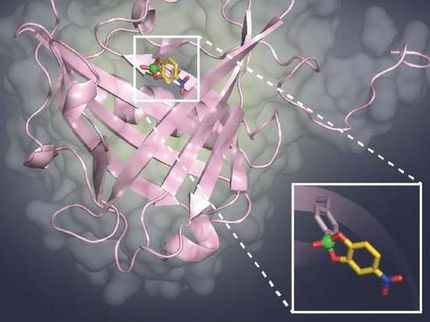Alnylam To Collaborate with United States Army on RNAi Therapeutics for Biodefense Threats
Advertisement
Alnylam Pharmaceuticals, Inc. announced the signing of a Cooperative Research and Development Agreement (CRADA) with the United States Army Medical Research Institute of infectious diseases (USAMRIID). Under the agreement, Alnylam will collaborate with USAMRIID to discover RNAi therapeutics targeting viral organisms, including hemorrhagic fever viruses, which pose a serious biological threat to the military and public health of the United States.
"Our clinical experience with an RNAi therapeutic to treat respiratory syncytial virus, our program with collaborators for an RNAi therapeutic against pandemic flu, and our recent breakthroughs published in Nature relating to systemic delivery of RNAi therapeutics in a non-human primate model establish a solid foundation for our efforts with USAMRIID, an organization which is uniquely positioned to collaborate in translational research for Biosafety Level 4 threats," said John Maraganore, Ph.D., President and Chief Executive Officer of Alnylam Pharmaceuticals. "The CRADA with USAMRIID extends our collaboration with the public sector initiated last year with our cooperative agreement with the Department of Defense's DARPA."
Hemorrhagic fever viruses fall into four main types: arenavirus (e.g. Lassa fever), bunyaviruses (e.g. Rift Valley Fever virus and Hantavirus), filoviruses (e.g. Ebola and Marburg), and hemorrhagic flaviviruses (e.g. yellow fever and dengue hemorrhagic fever). Mortality rates due to hemorrhagic fever virus infections can be as high as 90%. Human infections with these viruses are very rare and generally occur through contact with bodily fluids from infected animals or from person to person through close contact or contaminated syringes. Because infection is fatal in most cases and no vaccine or proven countermeasures exist, there is a concern that these viruses would pose severe public health risks if spread deliberately as biological weapons. Initial symptoms are nonspecific and resemble other viral infections. Disease often progresses from fever to severe complications such as internal bleeding from body orifices and organs.
Most read news
Other news from the department science

Get the life science industry in your inbox
By submitting this form you agree that LUMITOS AG will send you the newsletter(s) selected above by email. Your data will not be passed on to third parties. Your data will be stored and processed in accordance with our data protection regulations. LUMITOS may contact you by email for the purpose of advertising or market and opinion surveys. You can revoke your consent at any time without giving reasons to LUMITOS AG, Ernst-Augustin-Str. 2, 12489 Berlin, Germany or by e-mail at revoke@lumitos.com with effect for the future. In addition, each email contains a link to unsubscribe from the corresponding newsletter.


























































